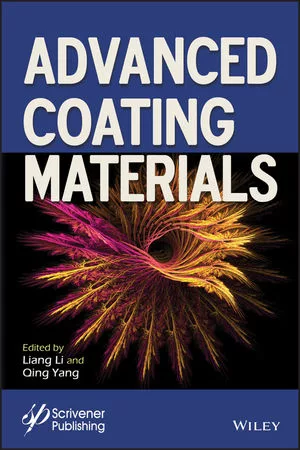EPA Issues Emissions Rules Affecting Coatings Production, Coating Processes
Compliance with the rule, which also affects resin-, ink- and adhesives-manufacturing processes, is required three years after publication in the Federal Register. The EPA is estimating that approximately 127 manufacturing facilities will be affected by the rule.
In a series of rulemaking actions, the EPA also has approved HAP standards for coating processes involving miscellaneous metal parts and products, plastic parts and products, and metal cans. Also approved is a HAP standard for miscellaneous organic chemical manufacturing.
The HAP rule on miscellaneous coatings and resin manufacturing establishes work-practice procedures and emission requirements for various aspects of manufacturing operations at existing and new facilities. The rule includes highly specific work-practice and emissions requirements for storage tanks, leak-detection programs, wastewater treatment, portable process tanks, stationary process tanks and transfer operations. Among the HAPs emitted from coatings manufacturing are toluene, xylene, glycol ethers, methyl ethyl ketone, and methyl isobutyl ketone.
More information on the HAP rules is available at the EPA website located at www.epa.gov/ttn/oarpg.
Looking for a reprint of this article?
From high-res PDFs to custom plaques, order your copy today!





